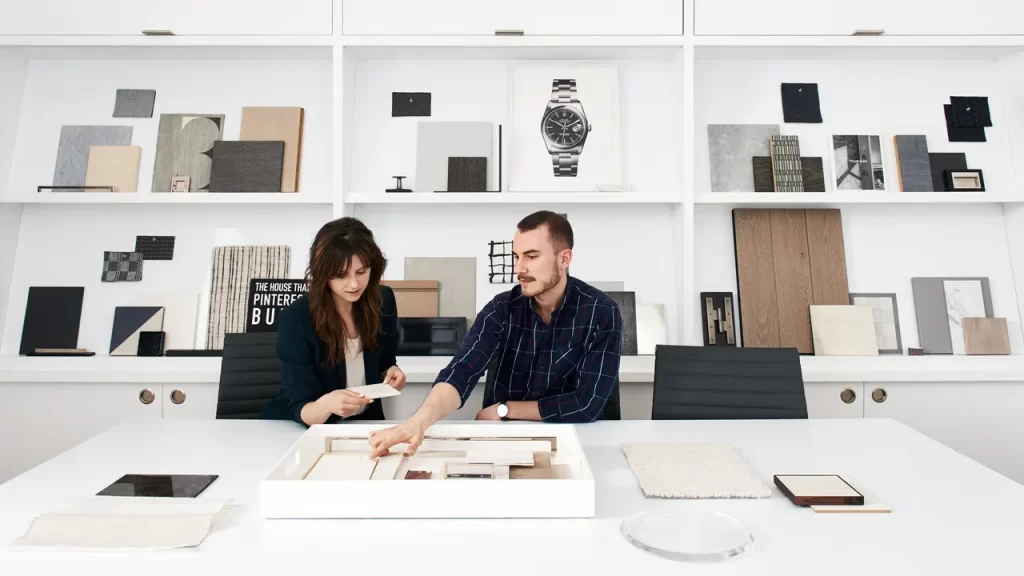The Importance of Functionality in Interior Design Architecture

Interior architecture is the study and practice of designing interior spaces. It offers creative professionals an exciting career path with immense potential to change lives.
Recent interior design trends feature increased flexibility and multi-functional spaces, driven by our growing need for homes that foster wellness.
Functionality
Interior design architecture’s most essential aspect is functionality. Your goal as a professional should be to design spaces that are safe and effective for their intended uses; to do this effectively you should take into account building materials, structure, occupant needs and lifestyle preferences when planning interior spaces.
Interior design and architecture often get confused. While both fields share many similarities, each has distinct focuses – interior design usually prioritizes aesthetic elements while architecture takes more practical approaches to space planning.
Interior architects possess knowledge of both the structural components and building materials found within a space, while engineers, contractors, and other professionals may need interior architects for safety purposes. Interior architects work alongside engineers, contractors, and other specialists to ensure the project runs safely and qualityily as it develops; additionally they offer advice and guidance to clients regarding space planning, design, and construction needs. Interior architects typically refurbish existing spaces but may also design entirely new ones.
Flexibility
Flexible building designs must accommodate changing needs with ease, whether due to increased societal demand, technological innovations or natural disasters. Since such changes cannot be predicted accurately, its flexibility must allow it to adapt without altering its core structure.
Architectural flexibility can be divided into three broad categories: functional, design and transformability. Functional flexibility refers to a building’s ability to alter its processes; design flexibility involves its architecture shifting between different states; while transformability refers to how easily movable furniture or walls can move back and forth between states – this term refers more closely to transformability than its other predecessors.
Once the overall plan is in place, interior designers will draft plans detailing wall placement, window and door placement, plumbing, electrical and ventilation needs as well as structural accents, colors and furnishings that comply with all necessary building standards. Once this stage is completed, architects will review these drafts to make sure that they comply with all regulations for construction.
Multi-functional spaces
Multifunctional spaces have become increasingly valuable with our expanding urban populations and limited land, due to their increased utility. Designers can combine several functions into a single room to produce spaces that are both visually and functionally appealing; this design approach allows greater workplace flexibility while encouraging collaboration; in addition, multifunctional designs may reduce the need for expensive renovations and extensions.
At the core of creating multifunctional spaces lies ensuring that adjacent rooms vary in their visual, acoustic and tactile characteristics – something accomplished through furniture zoning or multipurpose use. A designer may also create rhythms of emotions to encourage change while preventing stagnation of thought processes.
Multifunctional spaces can help homeowners make their homes more efficient while increasing its value. From living/working areas and mudrooms to laundry rooms and even storage rooms, multipurpose rooms can make homes more valuable and make life simpler for residents.
Sustainable design
Interior design is an intricate process, requiring knowledge of construction regulations as well as creating spaces conducive to health and wellbeing. To do this successfully, it is imperative to take into account how our designs affect the environment.
Sustainability must be an integral component of all aspects of design, whether for buildings, gardens or products. Sustainability extends beyond selecting energy efficient appliances or using eco-friendly materials; rather it means using natural resources responsibly while simultaneously improving both human and ecological wellbeing.
Avoid toxic chemicals and recycle materials whenever possible; reduce wood usage with modular furniture designed to fit various spaces easily; choose durable finishes and materials; this will increase resale value and decrease waste; opt for wood from existing trees which reduces new logging, which has long-term effects on the environment.



